10 Types of Waste That Are Destroying Our Planet
Discover the 10 most harmful types of waste polluting our planet, from plastic and electronic waste to food scraps and toxic chemicals. Learn how they impact the environment and what you can do to reduce them.
1. Plastic Waste
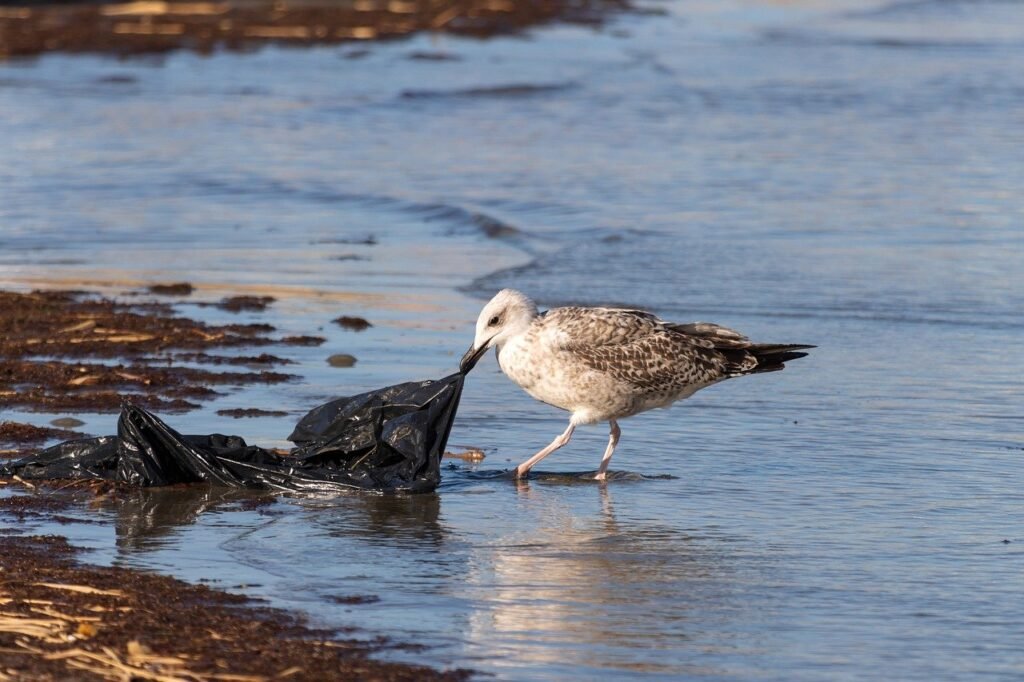
Plastic waste is a global problem. The world produces over 300 million tonnes of plastic a year. Millions of tonnes are dumped into the ocean. Plastic is not biodegradable. It can take 1000 years to break down, but it doesn’t just disappear; it turns into microplastics. Tiny little particles that seep their way into everything from our water, our food and even our clothes. The impact of plastic waste is disastrous. This type of waste seriously harms our ecosystems, our wildlife and our human health.
What you can do to reduce it:
- Don’t bin it.. Recycle it!
- Reduce how much single-use plastic you buy, e.g. instead of buying packaged fruit, buy loose fruit
- Always take shoppers with you to the groceries, to avoid buying extra plastic bags
2. Electronic Waste (E-Waste)
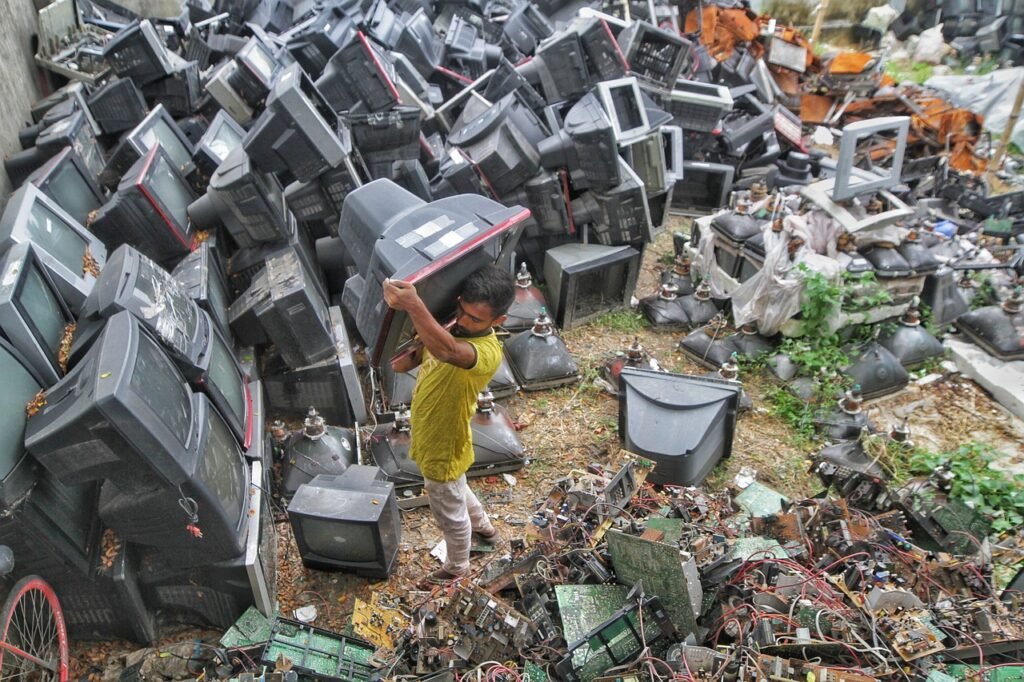
As the production of electronic products rises, so does Electronic waste, at an alarming rate. E-waste is anything from plugs and cables, to televisions, mobile phones, consoles, wiring, children’s toys, air conditioners and computers to name but a few. This type of waste contains harmful components such as lead. While some ends up on landfill sites, a large proportion of E-waste gets sent to developing countries for informal processing raising ethical concerns and adverse effects on human health and environmental pollution.
What you can do to reduce it:
- Donate or sell your old electricals, one mans junk is another mans treasure
- Don’t over-buy: don’t get sucked into great deals that you wont have a use for
- Consider buying refurbished electricals, save you money and eco friendly too
3. Food Waste
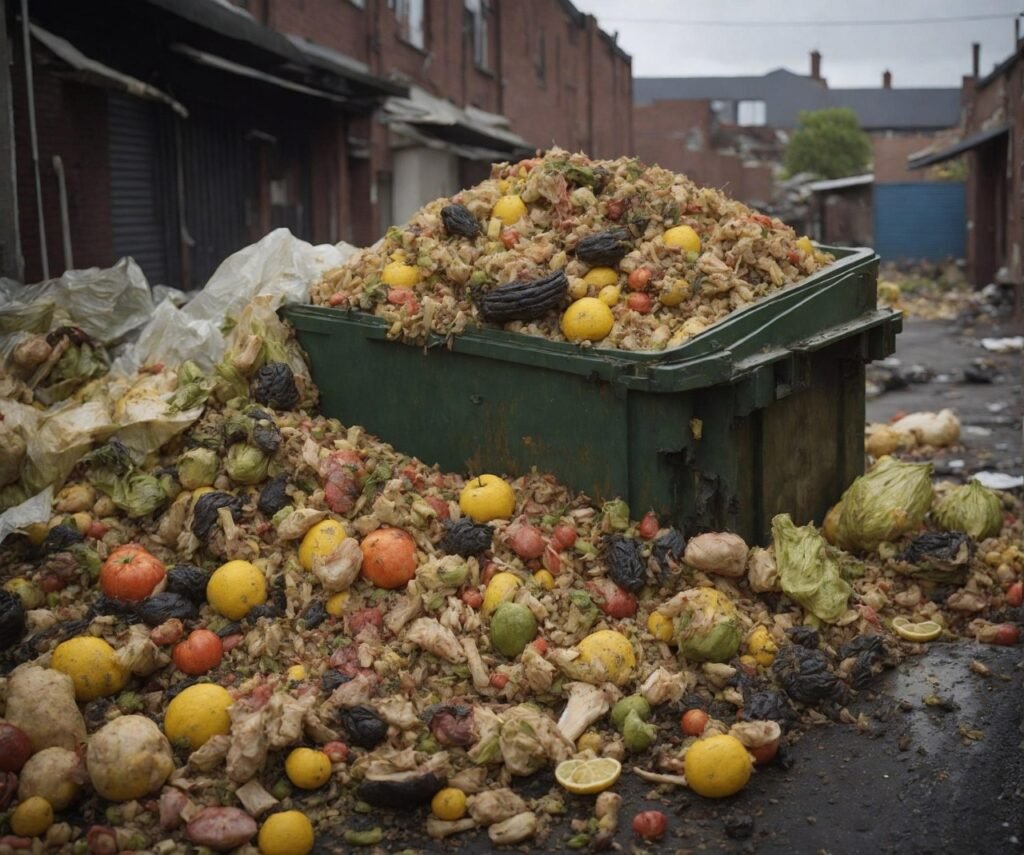
Approximately ⅓ of all food produced globally is lost or thrown away. In the USA, 60 million tons of food is thrown out each year, and in the UK 9.5 million tonnes of food is wasted. Food waste wastes the amount of water and energy required to produce it, as well emitting harmful greenhouse gases, contributing to global warming. Not to mention the millions of people who are living in extreme poverty around the world..
What you can do to reduce it:
- Meal prep where you can, and buy only what you need for your week
- Regularly rotate food in your fridge and pantry so you use the older food first, move new food to the back
- Get crafty and creative with leftovers.. don’t throw away that old banana, turn it into a delicious smoothie
4. Textile and Fashion Waste

Over 90 million tonnes of textile waste is produced each year globally. The fashion industry is responsible for about 10% of greenhouse gas emissions. This includes manufacturing waste, e.g. offcuts, production waste e.g. dyes, chemical waste and packaging waste. An increasing demand for fast fashion has led to overproduction, overstocking and overconsumption.
What you can do to reduce it:
- Donate your old clothes to charity shops, friends and family, or even online
- Buy what you need, fast fashion is not sustainable
- If possible, buy from sustainable clothing brands, be sure to check they have the relevant sustainable certifications, more on that here
5. Hazardous Waste
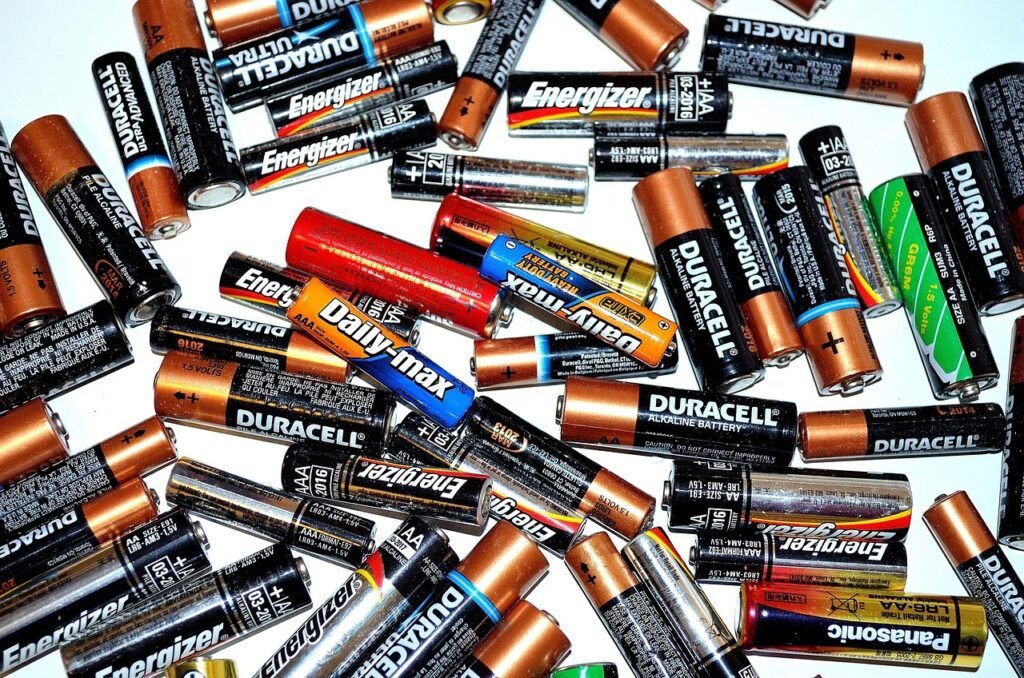
Hazardous waste is waste that is toxic, flammable, radioactive or infectious and poses a potential threat to the environment and public health. This type of waste includes batteries, pesticides, chemicals, solvents, paint, asbestos, car oils and even fridges. Hazardous chemicals have contaminated all ecosystems and are even found in our bodies.
What you can do to reduce it:
- Buy only what you need
- Dispose of through the correct channels, check the manufacturers guide on how to dispose correctly, this will ensure they don’t end up on landfill sites
- Switch up to non-hazardous products where you can
6. Construction and Demolition (C&D) Waste
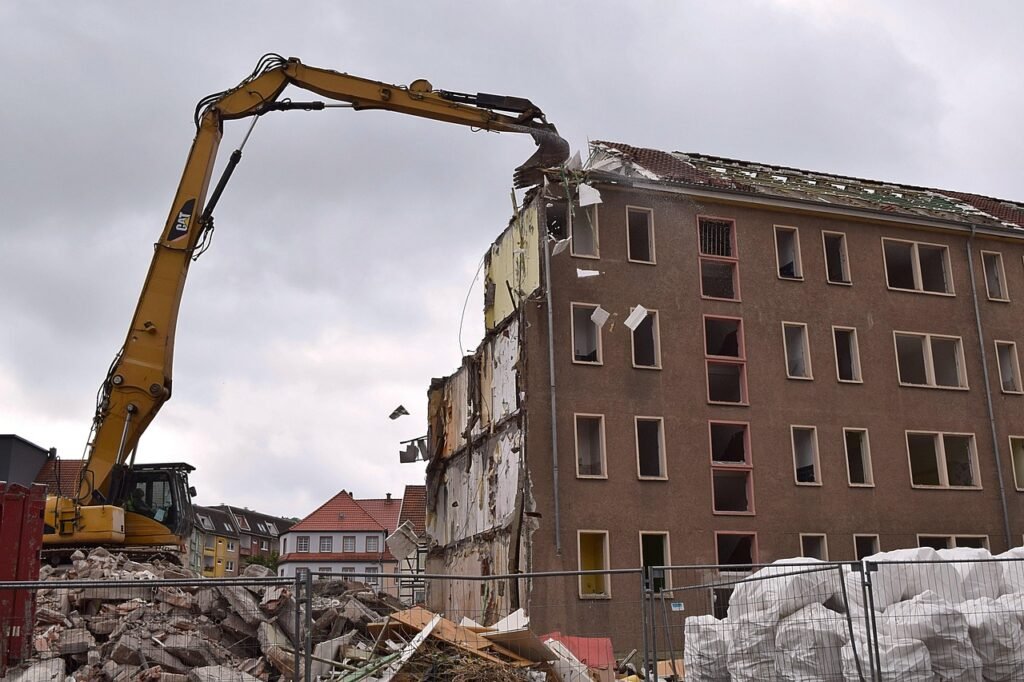
This type of waste is produced when buildigs and structures are built, and demolished or renovated. It includes concrete, bricks, glass, asphalt, plastic, wood, metals, buildings components, rubble, insulation etc. It takes up a lot of space on landfills and is a large contributor to global waste.
What you can do to reduce it:
- Order the right amount of materials so you don’t end up with extras you don’t need
- Plan and design properly to reduce off-cuts and reduce waste
- Where possible, choose sustainable materials
7. Packaging Waste
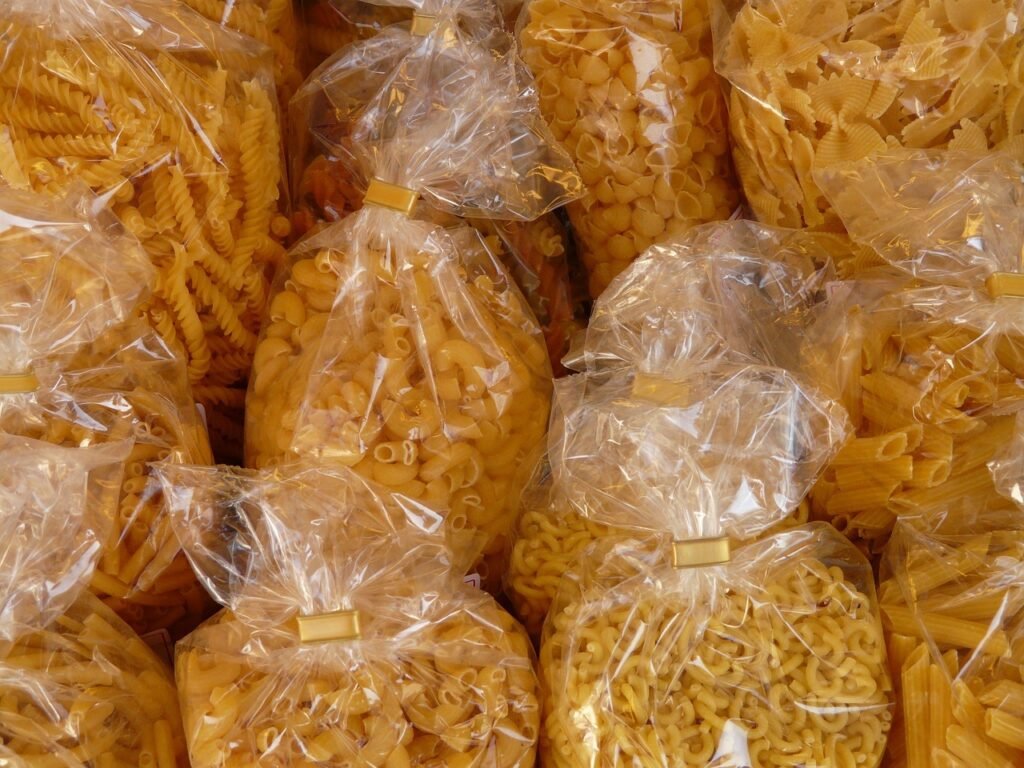
This is any type of packaging that was used to protect, ship or market products and that will end up on landfill sites. The most common one is single-use plastic packaging, but there is also paper, glass, steel, aluminium and wood. If not recycled, these will also end up on landfill sites. Plastic packaging is one of the greatest contributors to plastic pollution.
What you can do to reduce it:
- Opt for sustainable packaging where possible
- Instead of purchasing plastic water bottles, carry a reusable bottle or flask for refills
- Buy your baked good from bakeries where its less likely to be wrapped in plastic
8. Water Waste
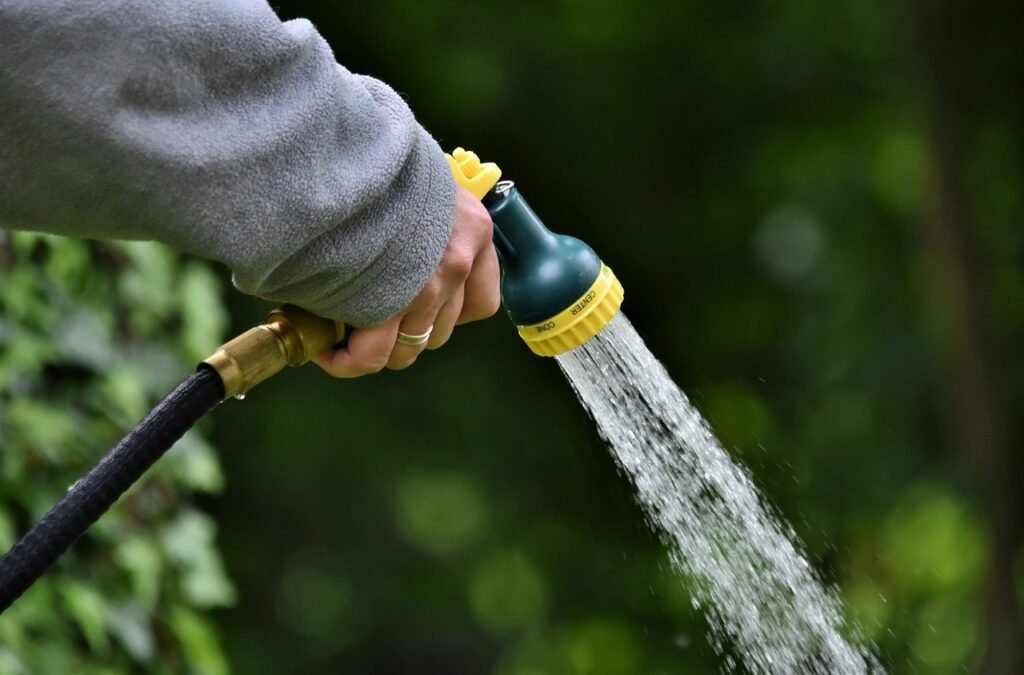
8 trillion litres of water is wasted around the world in homes each year. Causes of water waste include agricultural usage which creates a large volume of waste water as water becomes contaminated by fertilisers and pesticides, sewage systems where the water needs to be treated before it re-enters our waterways, industrial water waste and inefficient water systems in homes. Other micro actions that causes wastage are unrepaired leaks, leaving taps running, extra-long showers, and running home appliances such as washing machines and dishwashers half-full.
What you can do to reduce it:
- Don’t leave the tap running
- Fully load your washing machine and dishwasher before starting
- Fix leaks and dripping taps
9. Fossil Fuels Byproducts
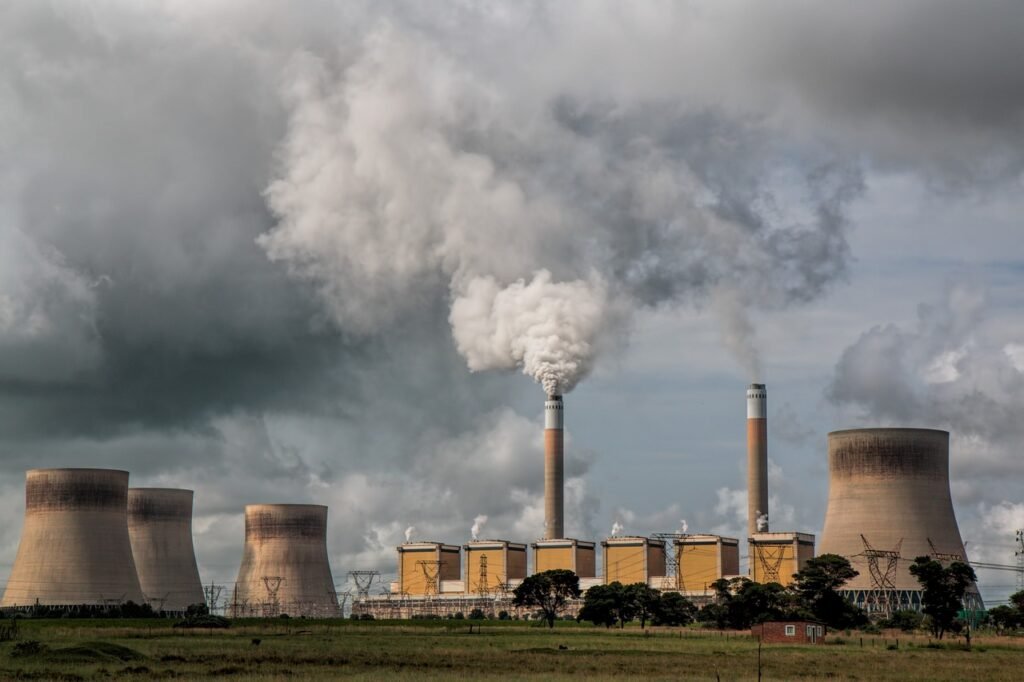
Burning fossil fuels releases harmful gases into the atmosphere such as carbon dioxide, nitrogen oxides, sulphur dioxide and mercury. These are hazardous to public health and to the environment, as well as increasing global warming.
What you can do to reduce it:
- Dry your laundry outside on a clothes line or a drying rack instead of a dryer
- Turn off your appliances when you’re not using them, this conserves energy
- Turn off your lights when you leave a room, this saves power, which reduces the demand on fossil fuel power plants
10. Agricultural Waste
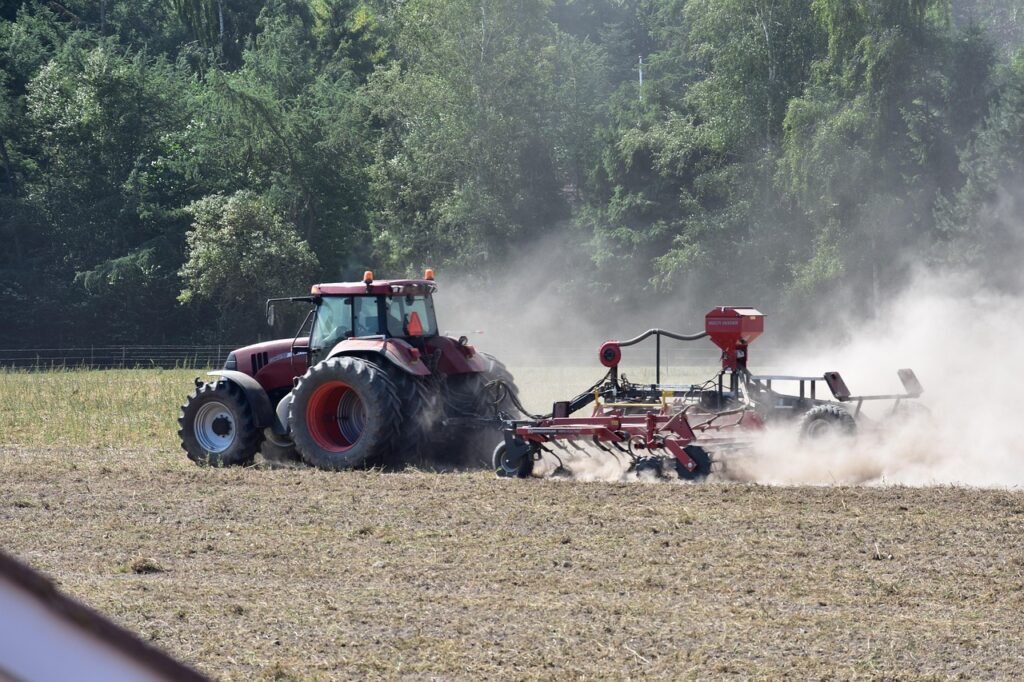
Agricultural waste is any material left over from farming activities that is not used for animal or human consumption. It can be split into organic waste which is biodegradable and inorganic waste which is unbiodegradable. Globally, agriculture produces a whopping 1 – 2 billion tonnes of waste every year and is a major contributor to water pollution.
What you can do to reduce it:
- Start composting
- Mulching
- Discard of your garden waste through the proper channels, e.g. garden waste bins
